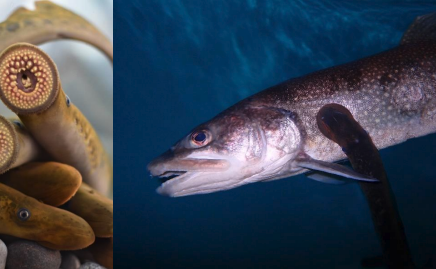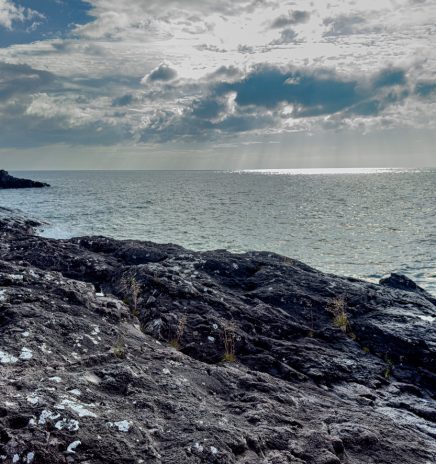The United States and Canada Release State of the Great Lakes 2022 Report
The SOGL report provides a summary of the health of the Great Lakes using indicators of ecosystem health, such as drinking water, fish consumption, and beach closures. Based on the SOGL indicators, the Great Lakes are collectively assessed as “Fair” and “Unchanging.” There has been tremendous progress in restoring and protecting the Great Lakes, including the reduction of toxic chemicals, and a reduction in the establishment of new non-native aquatic species. Some indicator assessments demonstrate that there are still significant threats to the Great Lakes ecosystem, including the impacts of nutrients, especially in Lake Erie and some nearshore areas in other Great Lakes, and the impacts of invasive species. Climate change is intensifying some ecosystem threats.
The Progress Report of the Parties describes recent achievements in restoring and protecting Great Lakes water quality and ecosystem health. Over the last three years, governmental partners have made significant progress in implementing the Great Lakes Water Quality Agreement. Unprecedented progress has been made to remediate and restore Great Lakes Areas of Concern (AOCs), including remediating over 1,280,000 cubic yards of contaminated sediment and formally restoring and delisting two AOCs. Reducing excess phosphorus inputs to Lake Erie remains a high priority for action. The United States has reduced agricultural and municipal sources of phosphorus to the Lake Erie watershed by over 3 million pounds (1,361 tonnes) between 2015 and 2020; Canada has reduced phosphorus loading to the watershed by 44,093 pounds (20 tonnes). Governmental agencies continue to reduce populations of silver and bighead carp in the Illinois River and take other measures to prevent these invaders from becoming established in the Great Lakes. Hundreds of projects that restore the health of Great Lakes watersheds, coastlines, and aquatic habitats have been implemented.
Content from these two reports will be the focus of discussion at the 2022 Great Lakes Public Forum in Niagara Falls, Ontario, Canada from September 27 to 29, 2022. The Forum provides an opportunity for the public to provide feedback on the state of the lakes and progress made under the Great Lakes Water Quality Agreement, as well as comment on future priorities for science and action.

Sea Lamprey Control Initiative Enters Five-year Implementation Phase
The Supplemental Sea Lamprey Control Initiative (SUPCON) has entered a new, five-year implementation phase following several years of successful proof-of-concept research. Funded by the Great Lakes Fishery Commission, SUPCON expands... Read More

Alliance for the Great Lakes Addresses the Impact of Data Centers
The Alliance for the Great Lakes (AGL), a nonpartisan, nonprofit organization that works to protect, conserve and restore the Great Lakes, is investigating the impact of data centers and agricultural... Read More


